Josiah Henson (June 15, 1789 – May 5, 1883) was an author, abolitionist, and minister. Born into #slavery in Charles County, Maryland, he escaped to Upper Canada (now Ontario) in 1830, and founded a settlement and laborer’s school for other fugitive slaves at Dawn, near Dresden in Kent County. Henson’s autobiography, The Life of Josiah Henson, Formerly a Slave, Now an Inhabitant of Canada, as Narrated by Himself (1849), is widely believed to have inspired the character of the fugitive slave, George Harris, in Harriet Beecher Stowe’s Uncle Tom’s Cabin (1852), who returned to Kentucky for his wife and escaped across the Ohio River, eventually to Canada.
Following the success of Stowe’s novel, Henson issued an expanded version of his memoir in 1858, Truth Stranger Than Fiction. Father Henson’s Story of His Own Life (published Boston: John P. Jewett & Company, 1858). Interest in his life continued, and nearly two decades later, his life story was updated and published as Uncle Tom’s Story of His Life: An Autobiography of the Rev. Josiah Henson (1876).
Josiah Henson was born on a farm near Port Tobacco in Charles County, Maryland. When he was a boy, his father was punished for standing up to a slave owner, receiving one hundred lashes and having his right ear nailed to the whipping-post, and then cut off. His father was later sold to someone in Alabama. Following his family’s master’s death, young Josiah was separated from his mother, brothers, and sisters.His mother pleaded with her new owner Isaac Riley, Riley agreed to buy back Henson so she could at least have her youngest child with her; on condition he would work in the fields. Riley would not regret his decision, for Henson rose in his owners’ esteem, and was eventually entrusted as the supervisor of his master’s farm, located in Montgomery County, Maryland (in what is now North Bethesda). In 1825, Mr. Riley fell onto economic hardship and was sued by a brother in law. Desperate, he begged Henson (with tears in his eyes) to promise to help him. Duty bound, Henson agreed. Mr. R then told him that he needed to take his 18 slaves to his brother in Kentucky by foot. They arrived in Daviess County Kentucky in the middle of April 1825 at the plantation of Mr. Amos Riley. In September 1828 Henson returned to Maryland in an attempt to buy his freedom from Issac Riley.
He tried to buy his freedom by giving his master $350 which he had saved up, and a note promising a further $100. Originally Henson only needed to pay the extra $100 by note, Mr. Riley however, added an extra zero to the paper and changed the fee to $1000. Cheated of his money, Henson returned to Kentucky and then escaped to Kent County, U.C., in 1830, after learning he might be sold again. There he founded a settlement and laborer’s school for other fugitive slaves at Dawn, Upper Canada. Henson crossed into Upper Canada via the Niagara River, with his wife Nancy and their four children. Upper Canada had become a refuge for slaves from the United States after 1793, when Lieutenant-Governor John Graves Simcoe passed “An Act to prevent further introduction of Slaves, and to limit the Term of Contracts for Servitude within this Province”. The legislation did not immediately end slavery in the colony, but it did prevent the importation of slaves, meaning that any U.S. slave who set foot in what would eventually become Ontario, was free. By the time Henson arrived, others had already made Upper Canada home, including #Black Loyalists from the American Revolution, and refugees from the War of 1812.
Henson first worked farms near Fort Erie, then Waterloo, moving with friends to Colchester by 1834 to set up a Black settlement on rented land. Through contacts and financial assistance there, he was able to purchase 200 acres (0.81 km2) in Dawn Township, in next-door Kent County, to realize his vision of a self-sufficient community. The Dawn Settlement eventually prospered, reaching a population of 500 at its height, and exporting black walnut lumber to the United States and Britain. Henson purchased an additional 200 acres (0.81 km2) next to the Settlement, where his family lived. Henson also became an active Methodist preacher, and spoke as an abolitionist on routes between Tennessee and Ontario. He also served in the Canadian army as a military officer, having led a Black militia unit in the Rebellion of 1837. Though many residents of the Dawn Settlement returned to the United States after slavery was abolished there, Henson and his wife continued to live in Dawn for the rest of their lives. Henson died at the age of 93 in Dresden, on May 5, 1883.
Source: Rev. Josiah Henson: Truth Stranger than Fiction | get up & walk, ride or fly blog

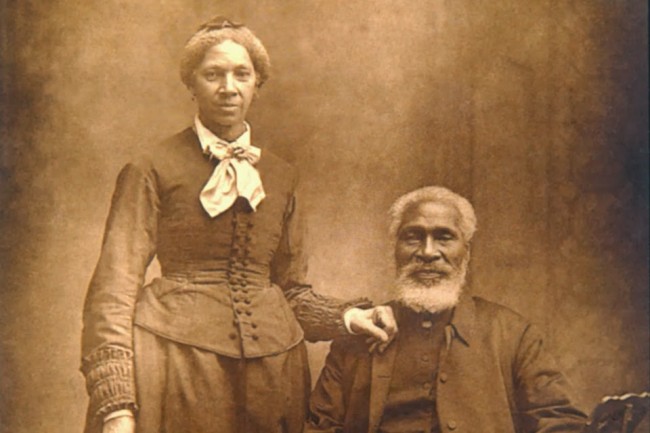



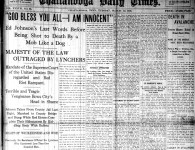
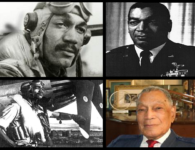
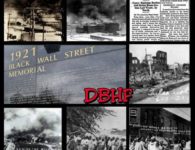
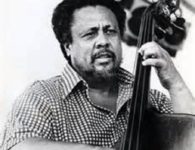
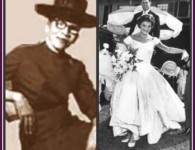

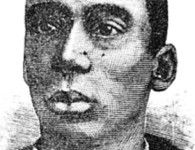
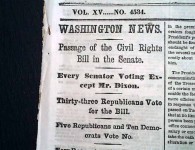


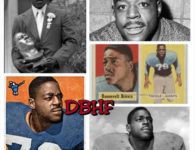
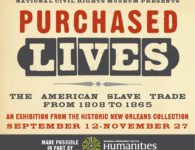
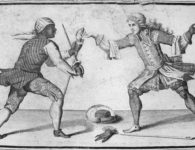
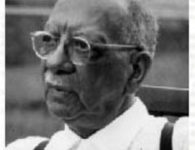


No comments